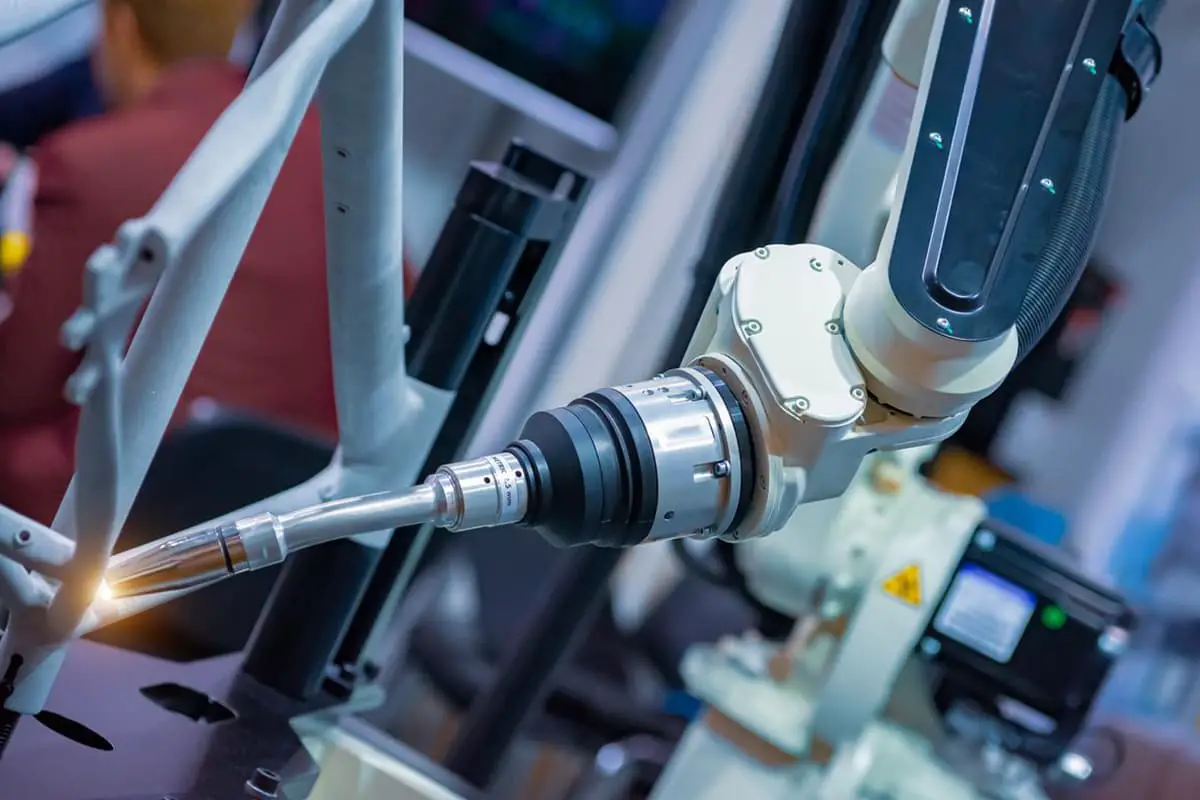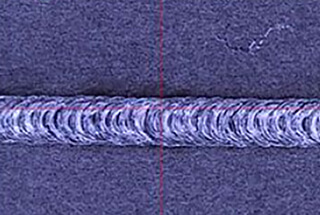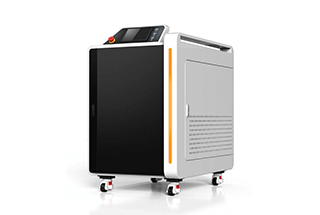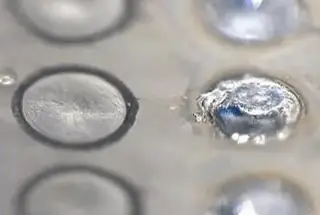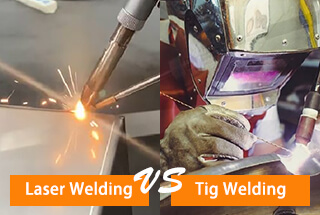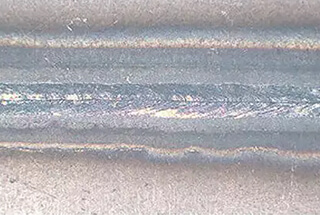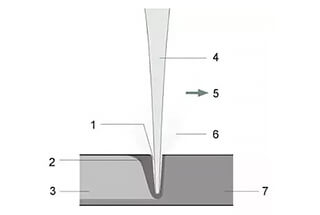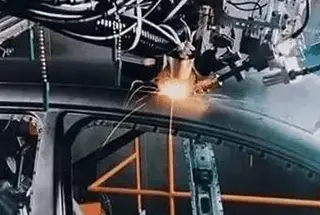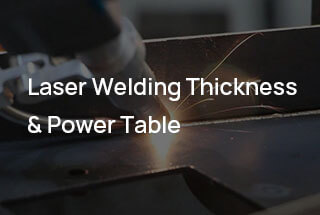
Have you ever wondered how hot it gets during laser welding? Laser welding can produce temperatures from 100 to 3000 degrees Celsius, making it versatile enough to weld a wide range of materials. This article explores how laser welding’s adjustable temperature settings can effectively handle different materials’ melting points. Discover how this technology can benefit your welding projects by providing precise control over heat and efficiency. Dive in to understand the science and applications behind laser welding temperatures.
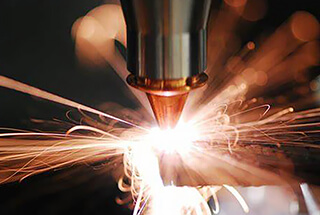
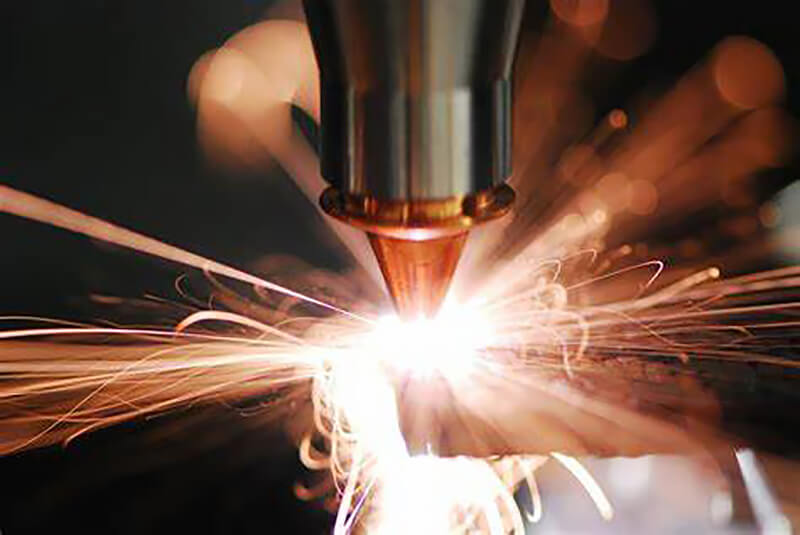
Laser welding is characterized by its ability to achieve and precisely control extremely high temperatures, offering significant advantages over traditional welding methods. The temperature in laser welding can reach up to 10,000°C (18,032°F), far exceeding the 3,000°C mentioned initially.
The temperature in laser welding is highly adjustable through various parameters, including laser power, pulse duration, and beam focus. This precise control allows for a wide temperature range, typically from about 1,000°C to 10,000°C, enabling the welding of diverse materials with varying melting points.
Unlike traditional welding where temperature control is limited, laser welding offers exceptional flexibility. The ability to rapidly increase or decrease temperature through computerized control systems allows for precise energy input, minimizing heat-affected zones and distortion.
The temperature range in laser welding is indeed sufficient to weld a vast array of materials, from low-melting-point plastics to high-melting-point metals and ceramics. However, it’s crucial to note that effective welding doesn’t always require reaching 3,000°C for all materials.
For optimal welding, the temperature must exceed the material’s melting point, but not excessively, to avoid vaporization or unwanted material properties changes. The melting point of the material is a critical factor in determining the appropriate welding parameters, not a limiting factor as in some conventional processes.
Laser beam welding offers unparalleled flexibility in heat intensity and localization compared to other welding processes, including electric arc welding. This allows for the processing of a wider range of materials and thicknesses with greater precision.
Here’s a revised overview of common materials and their approximate melting points, illustrating the range of materials processable through laser beam welding:
Laser beam welding can easily attain and exceed these temperatures, offering the capability to weld even refractory metals and ceramics with extremely high melting points. The precise control of energy input and localized heating make laser welding particularly suitable for joining dissimilar materials or heat-sensitive components.

